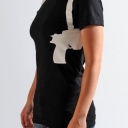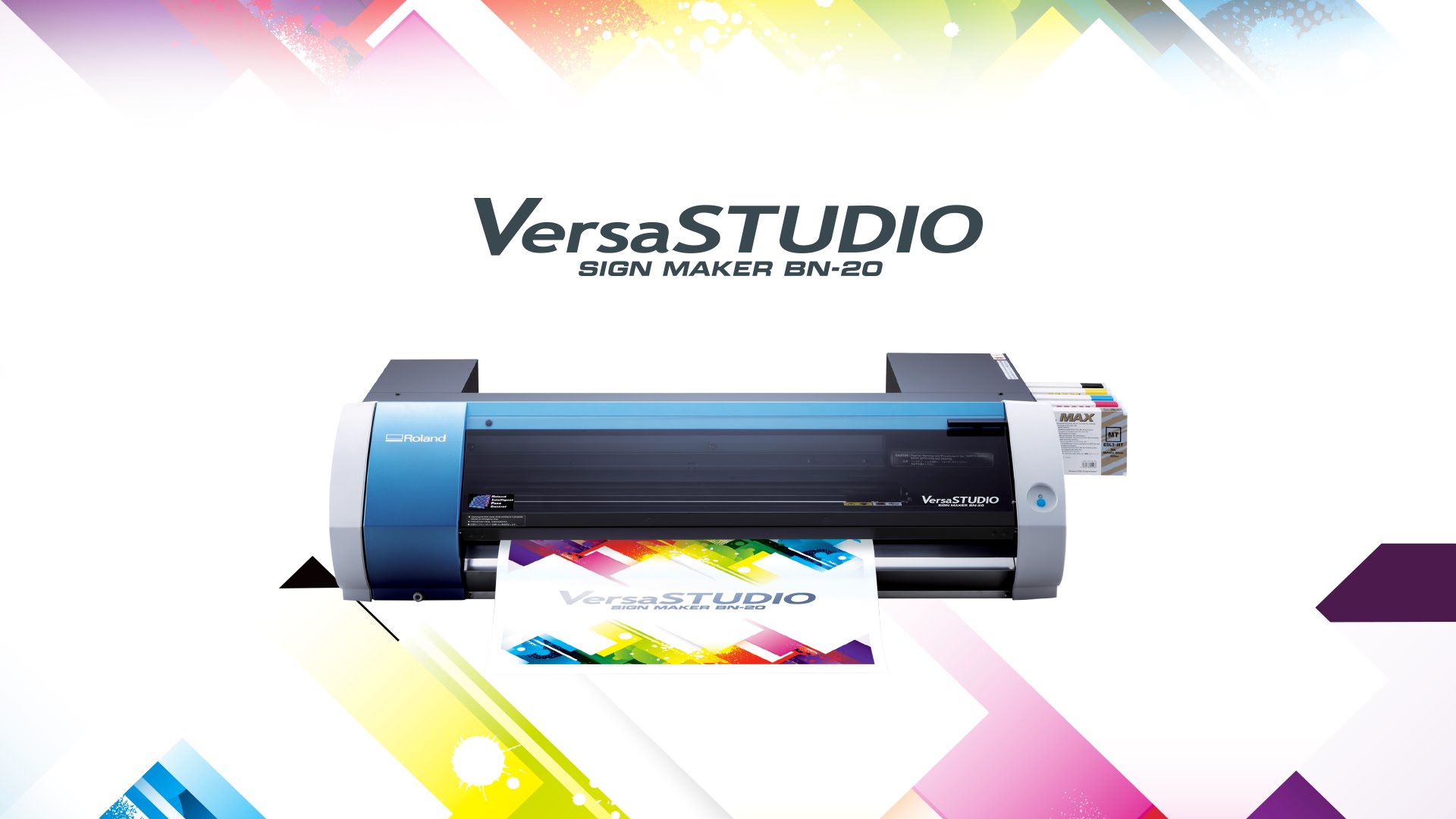Researchers have gotten pretty good at growing human tissues from stem cells—from heart cells in a Petri dish to 3-D printing full ears.
But assembling the complex vascularity of heart tissue is no small feat. Even the most sophisticated 3-D printers can't fabricate the structure.
However, as Ben Guarino writes for The Washington Post, researchers at Worcester Polytechnic Institute might have a solution:
use spinach leaves as the backbone for the heart tissue.
The study, recently published in the journal Biomaterials, offers an innovative way to solve a common problem in tissue engineering
by looking toward the plant world. Though plants and animals transport fluids in very different ways, their vascular structures are similar,
according to a press release.
Take a plant leaf and hold it up to the light. "What do you see?" Tanja Dominko, an author of the study, asks Cyrus Moulton at the Worcester Telegram.
"You see a plant vascular system that is very, very similar to a human system and serves an identical purpose,” she says.












